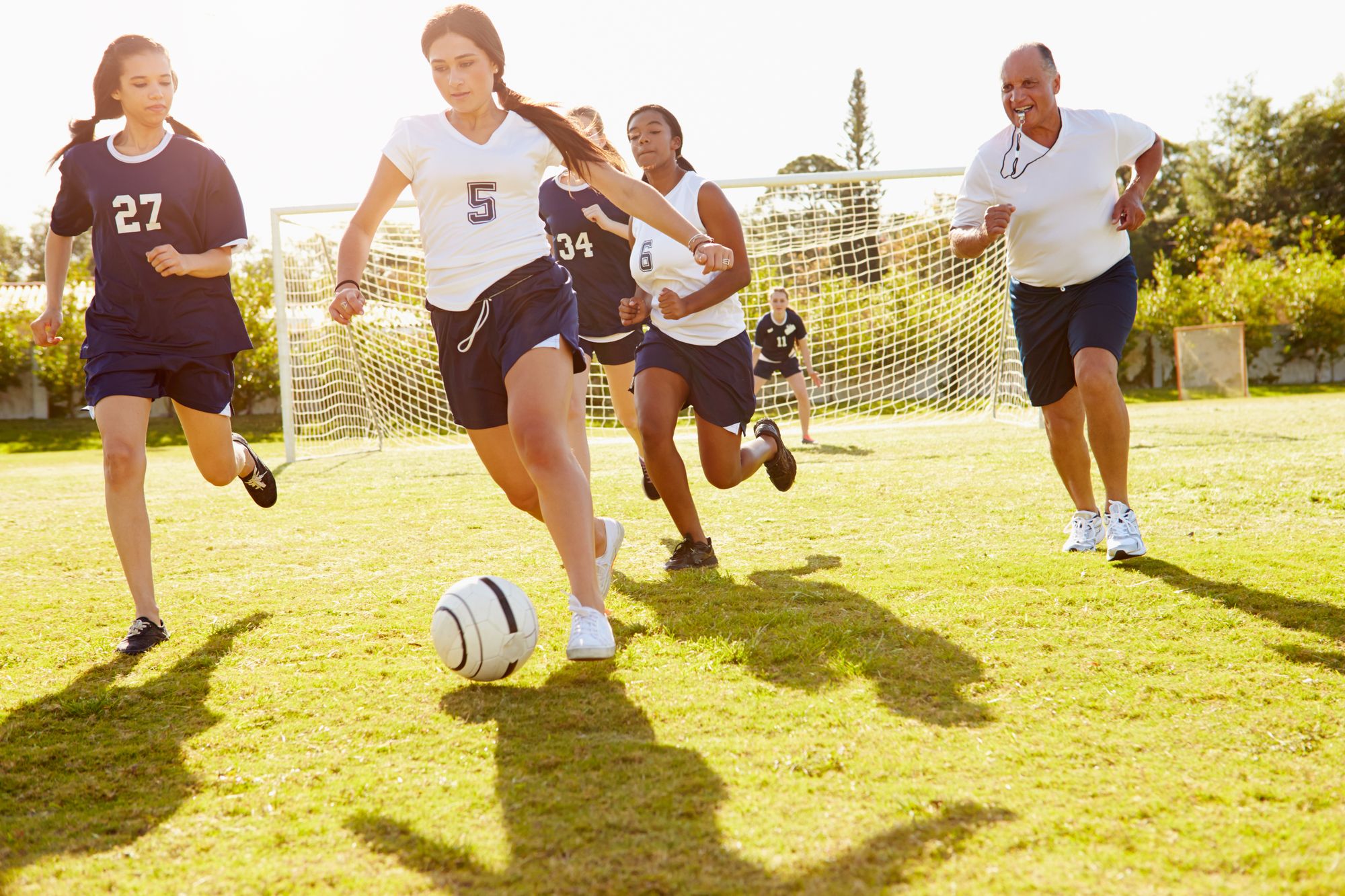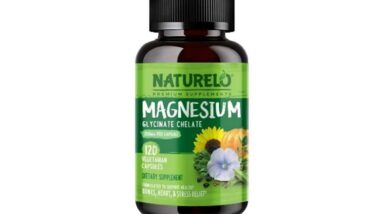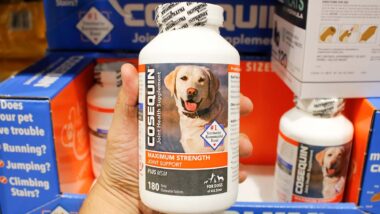Top Class Actions’s website and social media posts use affiliate links. If you make a purchase using such links, we may receive a commission, but it will not result in any additional charges to you. Please review our Affiliate Link Disclosure for more information.
In recent years, the news has been flooded with stories of sexual abuse in organizations that work with children.
These claims have implicated USA Gymnastics, prompting lawmakers to wrestle with accountability issues for organizations that report to national bodies, as well as those that do not. There are laws in place to help protect children in both kinds of organizations, but recently, new protections have been implemented.
In 2018, The Guardian published a story exploring abuse committed by Larry Nasser, a team doctor and osteopathic physician at Michigan State University accused of abusing members of USA Gymnastics. The Guardian piece describes how, at Nasser’s hearing, dozens of young athletes criticized the culture of the organization, speaking about how the organization might enable abuse or disempower athletes from speaking up about abuse.
Olympic gymnast Aly Raisman said that the organization says it cares for its athletes but fails to prioritize preventing abuse. Jennifer Sey, a 1986 US Champion and seven-time national gymnastics team member, echoed this sentiment. In many cases, Sey said, gymnasts don’t want to risk their career to come forward. In her eyes, this may have been at play in the Larry Nassar case, and part of why the abuse went unchecked for so long.
New legal changes aim to provide additional safeguards to children in sports and more tools to deal with abuse when it does occur. One such protection is the Safe Sport Act. The new law has mandatory reporting and policy requirements of Olympic and Paralympic organizations, and some requirements of organizations at the local level.
What Is the Safe Sport Act?
The Safe Sport Act, known also by its official name, Protecting Young Victims from Sexual Abuse and Safe Sport Authorization Act of 2017, was enacted in February 2018. It received rare bipartisan support and aims to better protect children who participate in sports.
Reportedly, the new law is very broad and serves to expand existing laws that require the reporting of abuse in youth sports organizations. Specifically, the bill amends the Victims of Child Abuse Act of 1990. It expands mandated reporting and requires organizations to implement protocols to respond to abuse. The law also requires training in the prevention and reporting of abuse.
The Safe Sport Act was written by Nancy Hogshead-Makar, a sexual-assault survivor. Hogshead-According to The Guardian, Makar was assaulted in 1981 while jogging on the Duke University campus. Following this traumatic event, she became a gold and silver Olympic medalist swimmer. She says that channeling her emotions into swimming helped her work through the assault.
Although her perpetrator was not a coach, Hogshead-Makar’s trainer was banned from the sport for life in 2013 after accusations surfaced regarding his inappropriate relationships with other swimmers.
These experiences led Hogshead-Makar to improve protections for other young swimmers and athletes, according to The Guardian. Sports were so healing to her throughout the process of recovering from her own assault that Hogshead-Makar sought to ensure that other athletes would be protected from future assaults and be able to compete safely.
However, Hogshead-Makar believes that protection does not simply mean shielding young athletes from potential predators, it also includes empowering them. She wanted the law to ensure that young people would be guaranteed fair representation should an assault occur, implement policies making it more difficult for coaches to abuse their positions, and make it easier for victims to report abuse.
Who Does the Safe Sport Act Impact?
The Safe Sport Act impacts all organizations in which adults are working with youth. Because the law is broad, it affects many types of organizations. Whether the organization is solely local or affiliated with a national group, adults who work with youth are subject to the law.
Organizations are now required to conduct abuse awareness training, implement procedures to limit one-on-one interactions between adults and child athletes, and report abuse when it occurs.
Additionally, it places requirements on organizations affiliated with a national governing body or Paralympic sports organizations. Organization chapters are required to follow the same protocols as the national organization.
Requiring consistent policies across all levels of an organization is one way that the Safe Sport Act seeks to stop abuse cases from being mishandled or falling through the cracks. This requirement has a range of implications. For example, if background checks are required at the national level, they must also be required at the local level. Background checks can help to ensure that coaches and volunteers are safe for children to be around.
Additionally, the law requires national youth sports organizations to have oversight procedures in place, including audits of affiliate organizations. The audits must be regular and random and conducted by someone with expertise in the area.
The U.S. Center for SafeSport has been designated the independent national safe sport organization, with the responsibility of responding to abuse cases in U.S. Olympic or Paralympic sports.
Executives Join Center Created by Safe Sport Act
The Center for SafeSport has reportedly welcomed a trio of athletes with executive experience in the industry to join their board of directors. The new additions include Kimberly Fields, April Holmes, and Pamela Wheeler. Additionally, EIN PressWire reports that a new chairperson, Jessica Herrera-Flanigan, will be appointed.
“I am excited to work with our new directors and board chair. They all bring impeccable experience to their roles, along with a deep passion for the Center’s mission,” stated the CEO of the U.S. Center for SafeSport, JuRiese Colón. Colón went on to highlight the expertise that the new board members will bring to the Center, which saw the signing of a new Act, the Empowering Olympic, Paralympic, and Amateur Athletes Act of 2020.
The new chairperson reportedly has extensive experience with previous leadership and executive roles at the Univision Foundation and Univision Communications, Inc. She has also served as Staff Director and General Counsel for Homeland Security.
New member Kimberly Fields is currently a senior vice president with the National Football Leagues Partnership Development and Operations division and was an NCAA Division I track and field athlete, reports EIN. Holmes is a speaker and executive coach who reportedly earned medals in the Paralympic Games. Wheeler is a lecturer at Colombia University, a consultant to the NFL, and has led a professional sports union.
The Center for SafeSport was created to prevent abuse of all types in all athletics. EIN reports that the Center is the exclusive authority that responds to reports of abuse and misconduct in the U.S. Olympic and Paralympic Committee.
What Is Mandated Reporting?
Per the Safe Sport Act, members of an organization are required to report any form of abuse within a 24-hour period. The abuse can be physical, sexual, or mental. The Safe Sport Act requires anyone who is authorized to interact with youth athletes to be a mandated reporter.

Organizations with a national governing body and organizations for Paralympic sports are required to report abuse to the U.S. Center for SafeSport. Like all other organizations affected by the law, these organizations must have a standard mechanism for reporting abuse and procedures in place to prevent the accused, or other parties, from retaliating. The U.S. Center for SafeSport has a mandated reporting form.
What Happens if Abuse is Not Reported?
If a mandated reporter fails to report abuse, he or she could face civil or criminal charges.
Lawsuits have already been filed under the law. USA Today reports that one such case has been brought against U.S. Olympic and Paralympic officials who ran afoul of the law when they waited five days to report abuse. The U.S. Center for SafeSport explains that under the Safe Sport Act, the U.S. Olympic and Paralympic Movements are required to report abuse immediately.
Despite the severe consequences of violating the Safe Sport Act, critics worry that it won’t do much to protect young people. According to Lyndon Haviland, former CEO of Darkness to Light, an organization aimed at stopping child sexual abuse, and an opinion contributor to The Hill, the problems with the law and how it was rolled out may make it less effective than intended.
Haviland notes that the law is not federally supported and essentially unfunded, which could make it ineffective.
In her words, “Funding must be available to give youth sports organizations the proper coaching and education they need, so that they may serve as the first line of defense on this issue for the children in their care.” In Haviland’s eyes, though the law requires training of organizations, it does not facilitate the training.
She goes on to argue that the new law has not been well-publicized, and many involved with youth sports may not even be aware of the new requirements, including the mandatory reporting requirement, or understand how or when to report abuse. She also argues that the law does not have consequences for those who violate it.
This lack of publicity was referenced by Josh Opiola, SportsEngine’s Director of Risk Management, during an interview with the National Council of Youth Sports. According to Opiola, the lack of publicity has left many youth sports organizations’ leaders confused about how the law might affect them, and about what changes they need to make to comply with it. Opiola goes on to say that some youth sports leaders may not even be aware that the law has been passed, which could result in unintentional violations.
According to USA Diving, in the case of Olympic and Paralympic organizations, the Center for SafeSport may conduct an investigation into an alleged violation of the law, after which point, the organization may recommend sanctions such as a warning, loss of privileges, probation, required training, or be banned from participating altogether. Many youth athletic organizations have begun keeping lists of volunteers and coaches who have been banned due to inappropriate behavior.
Join a Free Sexual Abuse Lawsuit Investigation
If you or a loved one was subjected to sexual abuse while participating in a youth organization, you may be eligible to join a sexual abuse lawsuit investigation.
Find out if you qualify for a free case evaluation with a sexual abuse lawyer by filling out the form on this page.
This article is not legal advice. It is presented
for informational purposes only.
ATTORNEY ADVERTISING
Top Class Actions is a Proud Member of the American Bar Association
LEGAL INFORMATION IS NOT LEGAL ADVICE
Top Class Actions Legal Statement
©2008 – 2024 Top Class Actions® LLC
Various Trademarks held by their respective owners
This website is not intended for viewing or usage by European Union citizens.
Get Help – It’s Free
Join a Free Sexual Abuse Lawsuit Investigation
If you qualify, an attorney will contact you to discuss the details of your potential case at no charge to you.
PLEASE NOTE: If you want to participate in this investigation, it is imperative that you reply to the law firm if they call or email you. Failing to do so may result in you not getting signed up as a client or getting you dropped as a client.
E-mail any problems with this form to:
Questions@TopClassActions.com.
Oops! We could not locate your form.













